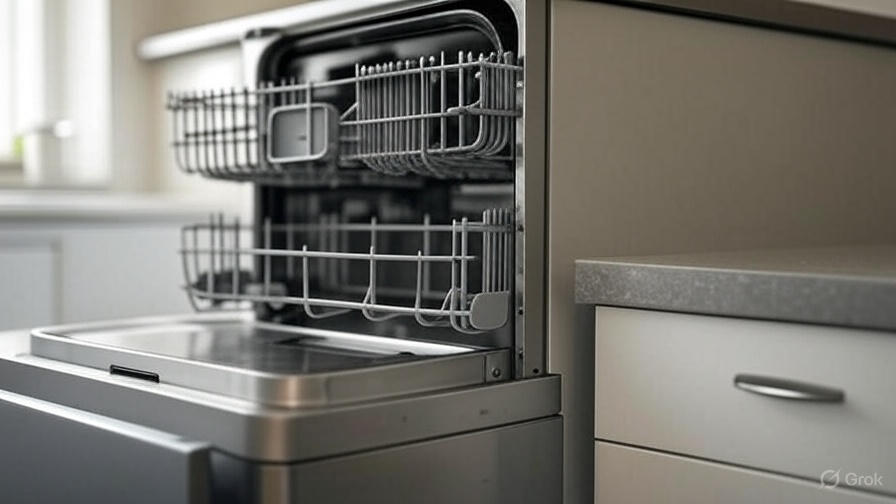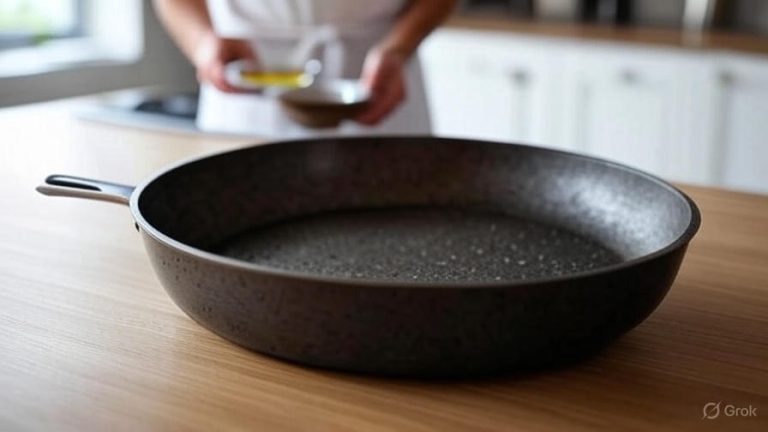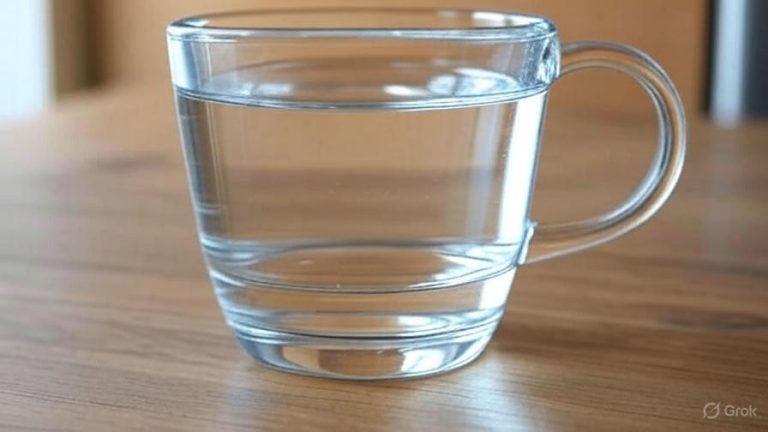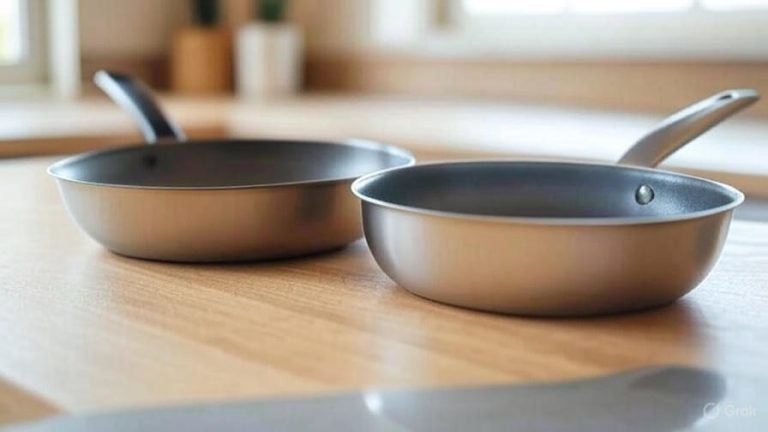How to Choose a Dishwasher?
Dishwashers save time, reduce water usage, and make kitchen cleanup a breeze. But with so many models, features, and brands on the market, finding the right one can feel overwhelming. This guide breaks down everything you need to know to pick a dishwasher that suits your home, lifestyle, and budget. From size and capacity to energy efficiency and special features, we’ll walk you through the process step by step. Let’s dive in and explore how to find the ideal dishwasher for your kitchen.
Why a Dishwasher Matters for Your Kitchen
A dishwasher does more than just clean dishes. It streamlines your daily routine, cuts down on hand-washing, and ensures your plates, glasses, and utensils come out sparkling clean. Modern dishwashers also use less water and energy than washing dishes by hand, making them an eco-friendly choice. According to the U.S. Environmental Protection Agency, Energy Star-certified dishwashers can save up to 3,870 gallons of water over their lifetime compared to manual washing. That’s a win for both your wallet and the planet.
Before you start shopping, consider what you need from a dishwasher. Do you have a large family that generates piles of dishes daily? Or do you live alone and only need a compact model? Thinking about your household’s needs sets the foundation for a smart purchase. Let’s look at the key factors to keep in mind.
1. Assess Your Kitchen Space
The first step in picking a dishwasher is ensuring it fits in your kitchen. Measure the space where the dishwasher will go, typically under a countertop or next to a sink. Most dishwashers come in standard sizes, but variations exist. Here’s what to know about dishwasher dimensions:
- Standard Dishwashers: These measure about 24 inches wide, 24 inches deep, and 35 inches tall. They fit most kitchen layouts and handle 12 to 16 place settings, ideal for families of four or more.
- Compact Dishwashers: These are 18 inches wide, perfect for small apartments or kitchens with limited space. They hold 8 to 10 place settings, suitable for smaller households.
- Countertop or Portable Dishwashers: These sit on your counter or roll into place. They’re great for renters or tiny kitchens but have limited capacity, often 4 to 6 place settings.
Before buying, double-check your measurements. Also, consider the door swing. Will the dishwasher door open fully without hitting cabinets or appliances? If space is tight, look for models with a top-control panel to save room.
2. Determine Your Capacity Needs
Next, think about how many dishes you wash daily. Dishwasher capacity is measured in place settings, which refers to the number of plates, bowls, cups, and utensils the machine can handle in one load. Here’s a quick breakdown:
- Large Households (4+ people): A standard 24-inch dishwasher with 12 to 16 place settings works best. These models handle big loads, including pots and pans.
- Small Households (1–3 people): An 18-inch or compact dishwasher with 8 to 10 place settings is usually enough. Countertop models suit singles or couples with minimal dishwashing needs.
- Entertainers: If you host dinners or parties often, go for a higher-capacity model to manage extra dishes, glassware, and serving platters.
Consider your cooking habits too. If you use lots of pots and pans, look for a dishwasher with adjustable racks or a third rack for utensils, which maximizes space.
3. Explore Dishwasher Types
Dishwashers come in different styles to match your kitchen’s design and your preferences. Here are the main types:
- Built-In Dishwashers: These slide into a designated space under your countertop and blend seamlessly with cabinetry. They’re the most common choice for homeowners.
- Portable Dishwashers: These stand-alone units connect to your sink’s faucet. They’re ideal for renters or kitchens without permanent plumbing for a dishwasher.
- Drawer Dishwashers: These feature one or two pull-out drawers, offering flexibility for small loads or separate cycles. They’re pricier but great for compact spaces or minimal dishwashing.
- Countertop Dishwashers: Small and portable, these sit on your counter and connect to the sink. They’re best for singles or small households with limited space.
Each type has its perks, so think about your kitchen layout and lifestyle. For example, a built-in model offers a sleek look, while a portable unit gives flexibility if you move often.
4. Prioritize Energy and Water Efficiency
Saving energy and water benefits both the environment and your utility bills. Look for dishwashers with an Energy Star certification, which ensures the model meets strict efficiency standards. These machines use less electricity and water per cycle compared to non-certified models. Here’s what to focus on:
- Water Usage: Energy Star dishwashers use about 3 to 5 gallons of water per cycle, compared to 10–15 gallons for hand-washing. Check the model’s water consumption on the Energy Guide label.
- Energy Consumption: Efficient dishwashers use less electricity to heat water and run cycles. Models with eco-friendly cycles or low-energy settings save even more.
- Soil Sensors: Some dishwashers adjust water and energy use based on how dirty the dishes are, optimizing efficiency.
Choosing an energy-efficient dishwasher reduces your carbon footprint and keeps your bills low over time. For example, an eco-friendly model might save you $40–$60 annually on utilities, depending on usage.
5. Check Noise Levels
Nobody wants a dishwasher that sounds like a jet engine. Noise levels, measured in decibels (dB), vary across models. Here’s a quick guide:
- Quiet (Below 45 dB): These dishwashers are nearly silent, ideal for open-plan homes or if you run the machine at night.
- Moderate (45–50 dB): These produce a low hum, similar to a quiet conversation. They’re fine for most households.
- Louder (Above 50 dB): These are noisier and may disrupt activities, especially in small spaces.
If you value a peaceful kitchen, aim for a model rated 45 dB or lower. High-end brands like Bosch and Miele often specialize in ultra-quiet operation.
6. Look at Wash Cycles and Features
Modern dishwashers offer a range of wash cycles and features to tackle different cleaning needs. Here are some common options to consider:
- Normal Cycle: Handles everyday dishes and light soils. It’s the default setting for most loads.
- Heavy Cycle: Tackles pots, pans, and heavily soiled items. Great for baked-on messes.
- Quick Wash: Cleans lightly soiled dishes in 30–60 minutes, perfect for small loads or when you’re in a hurry.
- Eco Cycle: Uses less water and energy for environmentally conscious cleaning.
- Sanitize Cycle: Kills 99.9% of bacteria, ideal for baby bottles, cutting boards, or allergy-prone households.
Beyond cycles, look for these features:
- Adjustable Racks: Let you rearrange racks to fit tall items like wine glasses or large pots.
- Third Rack: Adds a shallow top rack for utensils, freeing up space below.
- Soil Sensors: Automatically adjust cycle intensity based on dirt levels, saving water and energy.
- Delay Start: Lets you schedule the dishwasher to run at off-peak hours, like overnight.
- Hard Food Disposer: Grinds food scraps, reducing the need to pre-rinse dishes.
Think about which features align with your needs. For example, a quick wash cycle is a lifesaver for busy schedules, while a sanitize cycle suits households with young kids.
7. Consider Design and Finish
Your dishwasher should complement your kitchen’s aesthetic. Stainless steel remains the most popular finish because it’s durable, resists fingerprints, and matches most appliances. Other options include:
- Black Stainless Steel: Offers a modern, sleek look with less smudging than standard stainless.
- White or Black: Classic choices that blend with traditional kitchens.
- Panel-Ready: Allows you to attach a custom panel to match your cabinetry for a seamless look.
Also, decide between visible or hidden controls. Visible controls sit on the front panel, while hidden (top) controls give a cleaner look but may require opening the door to check cycle status.
8. Set a Budget
Dishwasher prices range from $300 to over $2,000, depending on features, brand, and design. Here’s a rough breakdown:
- Budget ($300–$600): Basic models with standard cycles and decent efficiency. Great for small households or rentals.
- Mid-Range ($600–$1,000): Offers more cycles, quieter operation, and features like adjustable racks or third racks.
- High-End ($1,000+): Includes premium features like ultra-quiet operation, advanced sensors, and sleek designs.
Set a budget before shopping, but don’t skimp on features that matter most to you. For example, spending a bit more for a quiet model or extra capacity can pay off in convenience and satisfaction.
9. Research Reliable Brands
Not all dishwasher brands are equal in terms of durability and performance. Based on consumer reviews and industry reports, here are some top brands to consider:
- Bosch: Known for quiet operation, reliability, and excellent cleaning performance. Their 300 and 500 series are popular mid-range options.
- Miele: Offers high-end models with superior build quality and long lifespans (up to 20 years).
- KitchenAid: Combines stylish designs with powerful cleaning and flexible rack options.
- Whirlpool: Affordable and reliable, with solid features for budget-conscious buyers.
- GE: Offers a wide range of models, from basic to premium, with good customer support.
Check customer reviews on sites like Consumer Reports or retailer websites to gauge real-world performance. Look for models with high ratings for cleaning power, drying performance, and reliability.
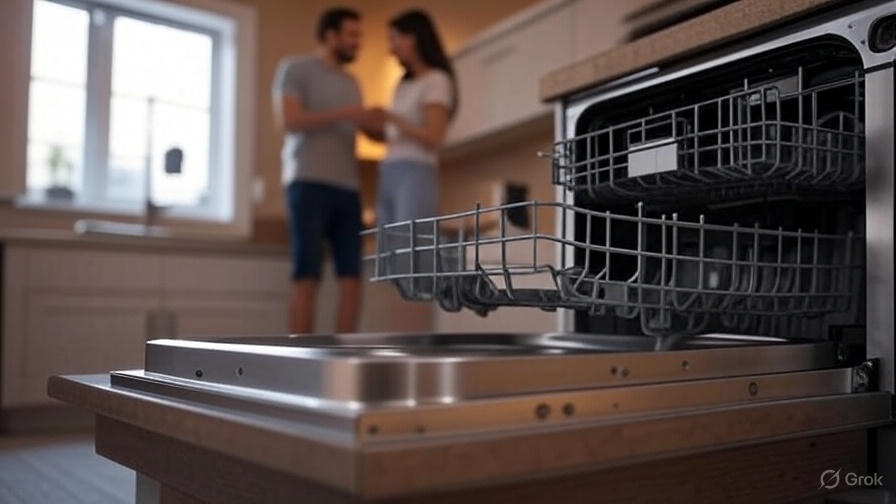
10. Evaluate Drying Performance
A dishwasher’s job isn’t done until your dishes are dry. Some models excel at drying, while others leave dishes damp. Here’s what to look for:
- Heated Dry: Uses a heating element to dry dishes quickly. Effective but uses more energy.
- Condensation Drying: Relies on the dishwasher’s heat to evaporate water. Energy-efficient but slower.
- Auto-Open Door: The door opens slightly at the end of the cycle to let moisture escape, improving drying without extra energy.
- Fan-Assisted Drying: A fan circulates air to speed up drying, often found in high-end models.
If you hate hand-drying dishes, prioritize models with auto-open doors or fan-assisted drying for spotless results.
11. Check Warranty and Support
A good warranty protects your investment. Most dishwashers come with a one-year limited warranty covering parts and labor. Some brands, like Miele, offer extended warranties (up to 5 years) for premium models. Look for:
- Parts and Labor Coverage: Ensures repairs are covered for at least a year.
- Extended Warranties: Available through manufacturers or retailers for added peace of mind.
- Customer Support: Choose brands with responsive service and accessible repair networks.
Before buying, read the warranty terms and check online reviews for the brand’s service reputation.
12. Read Reviews and Compare Models
Once you narrow down your options, dive into reviews. Websites like Consumer Reports, Wirecutter, and retailer sites (like Home Depot or Best Buy) offer detailed insights into performance, reliability, and user satisfaction. Pay attention to:
- Cleaning Performance: Does the dishwasher handle tough stains like baked-on food?
- Drying Results: Are dishes consistently dry, or do users report dampness?
- Ease of Use: Are the controls intuitive, and is loading/unloading straightforward?
- Durability: Do users report breakdowns or long-term issues?
Compare at least three models within your budget to find the best balance of features, price, and reliability.
13. Think About Installation
Installation affects your dishwasher’s performance and longevity. If you’re replacing an old unit, check if the new model requires plumbing or electrical upgrades. Here’s what to consider:
- DIY vs. Professional Installation: Basic replacements are often DIY-friendly, but complex setups (e.g., new plumbing) may need a pro.
- Hardwiring vs. Plug-In: Most built-in dishwashers are hardwired, but some portable models use a standard outlet.
- Water Line and Drain: Ensure your kitchen’s plumbing aligns with the dishwasher’s requirements.
If you’re unsure, hire a professional to avoid leaks or improper setup. Many retailers offer installation services for a fee.
14. Plan for Maintenance
To keep your dishwasher running smoothly, factor in maintenance. Regular care extends its lifespan and ensures top performance. Here are some tips:
- Clean the Filter: Many dishwashers have a filter that traps food particles. Clean it monthly to prevent clogs.
- Run Regular Cycles: Use the dishwasher at least once a week to keep seals and components from drying out.
- Use Rinse Aid: This improves drying and prevents water spots on dishes.
- Check Spray Arms: Ensure they’re free of debris for optimal cleaning.
Some models have self-cleaning filters or maintenance alerts, which simplify upkeep.
15. Make Your Final Decision
Now that you’ve considered space, capacity, features, efficiency, and budget, it’s time to choose. Create a shortlist of two or three models that check your boxes. Compare their specs, read reviews, and check for deals or discounts. Retailers like Lowe’s, Home Depot, or Amazon often have sales, especially around holidays like Black Friday or Memorial Day.
Once you pick a model, buy from a reputable retailer with a good return policy. Keep the receipt and warranty details handy in case issues arise.
Final Thoughts
Finding the right dishwasher boils down to balancing your needs, space, and budget. By measuring your kitchen, assessing your household’s dishwashing habits, and prioritizing features like energy efficiency and quiet operation, you can narrow down your options. Explore reliable brands, read reviews, and consider long-term factors like maintenance and warranty. With these steps, you’ll land a dishwasher that makes cleanup effortless and fits your lifestyle perfectly.
Ready to start shopping? Visit retailers like Home Depot, Best Buy, or Amazon to browse models and check for deals. Your dream dishwasher is just a few clicks away!

